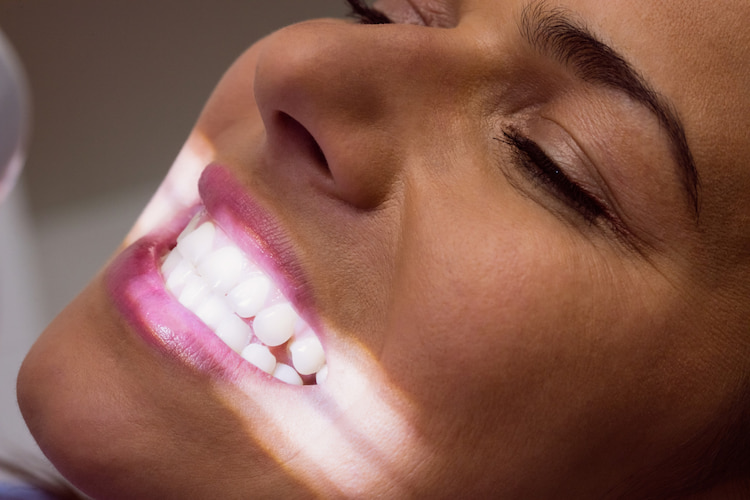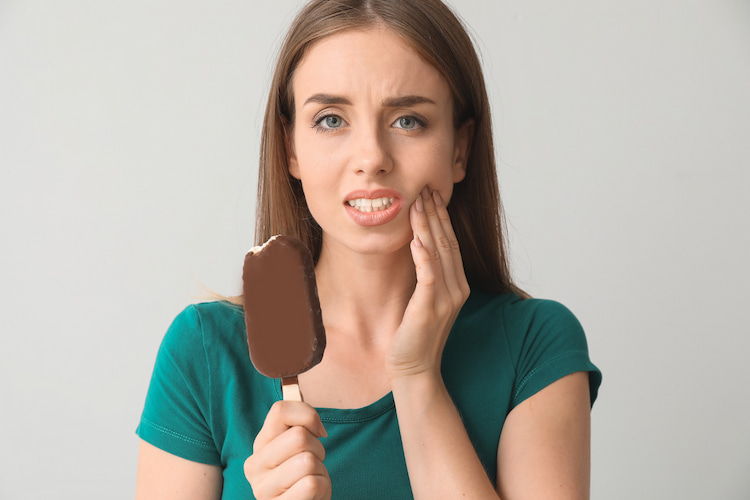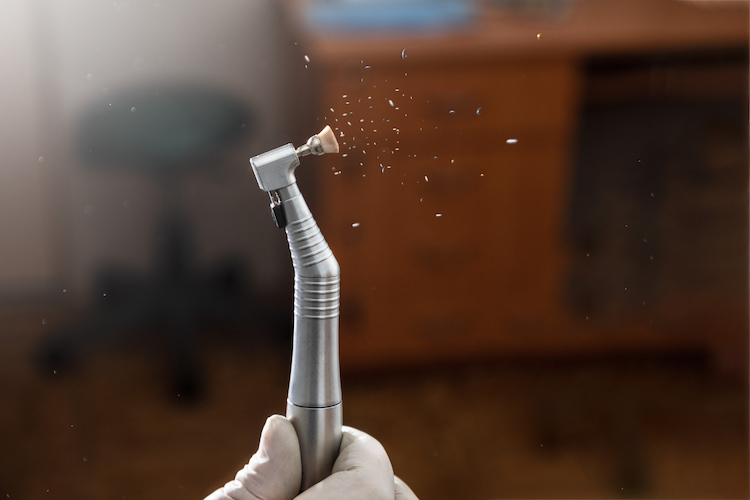We all love a bright, stunning smile, but when it comes to teeth whitening, you might have wondered: Does teeth whitening remove a layer of my teeth? The short answer is no, it doesn’t peel off a layer of your teeth. The teeth whitening process, however, does involve some chemistry that can affect your enamel.
If that makes you curious (or slightly concerned), keep reading! We’ll break down the truth about this treatment, how it works, side effects, how it differs from at-home solutions, and alternative methods.
Does Teeth Whitening Affect Your Enamel?
The idea that teeth whitening strips away a layer of enamel is a common misconception. Whitening treatments do not physically remove enamel like sanding wood. Instead, they use oxidation to lift stains from the enamel and dentin (the layer underneath).
That being said, some whitening treatments can make enamel temporarily weaker by dehydrating the tooth. This is why your teeth might feel more sensitive right after a whitening session. But don’t worry, your enamel naturally rehydrates and remineralizes over time!
According to a study on PubMed Central, evaluating the effect of different bleaching protocols on enamel microhardness, teeth whitening treatments temporarily reduce enamel hardness, with stronger bleaching agents causing more significant effects. However, after seven days, the enamel naturally restores its hardness through remineralization, minimizing any long-term impact.
So, as long as you’re whitening responsibly, your enamel will be just fine!

How Teeth Whitening Works
Whether you go to a dentist or use an at-home kit, most whitening products rely on peroxide-based bleaching agents like hydrogen peroxide or carbamide peroxide. These bleaching agents break down stains on the surface of your teeth and penetrate the enamel to lighten deeper discoloration. Therefore, it’s more like a deep-cleaning session for your teeth rather than a sanding process.
Read more: Can Veneers Be Whitened?
Brighten Your Smile Safely!
Experience professional teeth whitening with high-quality materials controlled by our experienced dental professionals at My Dentist Langley. Book your appointment today!
Risks and Side Effects of Teeth Whitening
So far, we’ve discussed that your enamel doesn’t get worn down during teeth whitening treatment. That said, it’s still important to understand its risks and potential side effects so you’re fully prepared for your treatment. Below, you’ll find a detailed list of teeth whitening risks and side effects. Please remember that you can considerably reduce the chances of these risks by choosing an experienced and professional dentist.
1. Tooth Sensitivity
Whitening can cause temporary sensitivity to hot, cold, or sweet foods. This happens because the bleaching agents make enamel more porous for a short period.
2. Gum Irritation
Whitening gels that come into contact with your gums can cause irritation, redness, or even burns if they are too strong or left on for too long.
3. Uneven Whitening
If you have fillings, crowns, or veneers, they won’t whiten like natural teeth, which can lead to a mismatched smile if not done carefully.
4. Overuse Damage
Whitening too frequently can weaken enamel and make teeth more prone to stains in the long run. Moderation is key!
Read more: Can White Fillings Be Whitened?

Professional vs. At-Home Teeth Whitening: Which is Safer?
If you’re thinking about whitening your teeth, you might be wondering: Should I see a dentist or do it myself at home? Let’s check the pros and cons of each method.
| Method | Pros | Cons |
| Professional Whitening | Fast, safe, long-lasting results | More expensive |
| At-Home Kits | Affordable, convenient | Takes longer, potential for misuse |
| Whitening Toothpaste | Easy to use, gradual effect | Less effective, can be abrasive |
| Natural Remedies | Gentle on enamel | May not provide noticeable results |
Professional teeth whitening is generally much safer than at-home methods because it’s performed under the supervision of a qualified dentist. Dentists use clinically tested whitening products and carefully control the amount of bleaching agent applied, reducing the risk of gum irritation, tooth sensitivity, or uneven results. They also evaluate your oral health beforehand to make sure the treatment is suitable for you, which adds an extra layer of safety.

Alternative Teeth Whitening Methods
Not a fan of bleaching? Here are some alternative ways to brighten your smile.
- Whitening toothpastes contain mild abrasives or gentle peroxide levels to remove surface stains gradually.
- Swishing coconut oil in your mouth for 15-20 minutes may reduce bacteria and help prevent stains, but it won’t actually bleach your teeth.
- Some people use activated charcoal to scrub away stains, but be careful; it can be too abrasive and wear down enamel over time.
- A DIY mix of baking soda and peroxide can be an occasional stain-remover, but overuse can erode enamel, so use it sparingly!
How to Safely Whiten Your Teeth
Whitening your teeth safely starts with consulting a dentist. A dental professional can check your oral health, identify any underlying issues, and recommend the most suitable whitening method for you. Professional treatments are tailored to your teeth and gums, which can prevent sensitivity, irritation, or uneven results. Even if you prefer at-home whitening, your dentist can guide you on safe products and correct usage to reduce potential risks.
At home, it’s important to follow product instructions carefully and avoid overusing whitening agents. You only need to stick to recommended application times and do not exceed the suggested frequency, as this can damage enamel and cause sensitivity. By combining careful at-home practices with professional guidance, you can safely achieve a brighter, healthier smile.
Final Word
Throughout this article, we learned that whitening does not remove enamel. Still, it can temporarily reduce the hardness of enamel, which returns to the normal state after 7 days of natural remineralization. Moreover, overuse of whitening products can weaken enamel, making professional whitening treatments a safer option.
Get professional teeth whitening at our dental clinic! From general dentistry to cosmetic dental treatments or a full smile makeover, My Dentist Langley offers personalized solutions for a healthy, confident smile. When treated by our dentists, you won’t need to worry about the risks of teeth whitening! Schedule your consultation today and start your smile journey!
FAQs
-
How often can I whiten my teeth?
It’s generally recommended to whiten your teeth no more than once or twice a year. Over-whitening can lead to temporary sensitivity and, in rare cases, enamel weakening. Your dentist can suggest the safest schedule based on your teeth and the type of whitening treatment you choose.
-
Can whitening damage my enamel permanently?
When used correctly, whitening treatments do not cause permanent damage to your enamel. Overuse or using high-concentration products without supervision may increase sensitivity or irritation. Always follow instructions and consult your dentist for safe results.
-
Does whitening work on crowns or veneers?
No, whitening treatments only affect natural teeth. Crowns, veneers, and other restorations do not change color with bleaching agents. If you have restorations, your dentist can recommend the best approach to match your natural teeth or replace outdated restorations.
-
How long do whitening results last?
Teeth whitening results can last from several months up to a few years. The longevity depends on your diet, oral hygiene, and habits like smoking or drinking coffee and tea. Occasional touch-ups, either at home or with your dentist, can help maintain a bright smile.
-
What’s the safest way to whiten sensitive teeth?
For sensitive teeth, use low-peroxide whitening gels, professional treatments tailored by your dentist, or specially formulated whitening toothpaste. Avoid overusing products and follow the recommended application times to minimize discomfort while achieving effective results.
-
Does teeth whitening take the enamel off your teeth?
No, enamel is the hardest substance in the human body. However, it isn’t indestructible. While whitening doesn’t remove enamel, frequent or improper use of whitening products can weaken enamel over time, making it more prone to sensitivity.
Have you ever tried teeth whitening? Did you notice any sensitivity or were you worried about enamel damage? Share your experience in the comments below!




